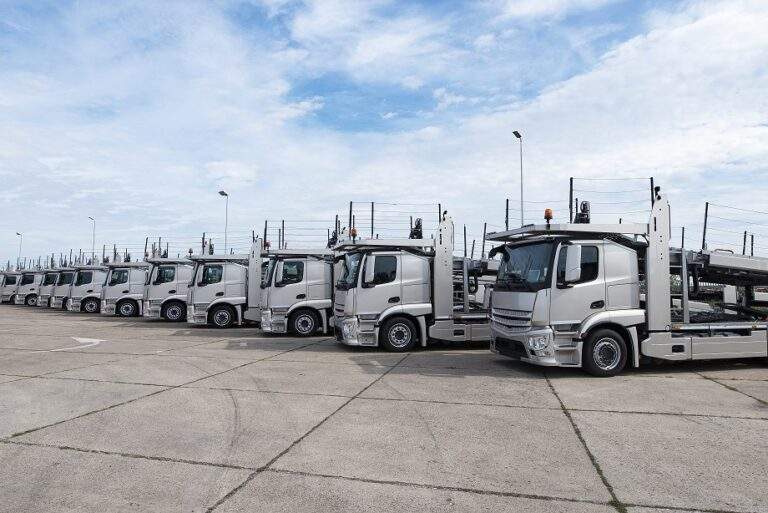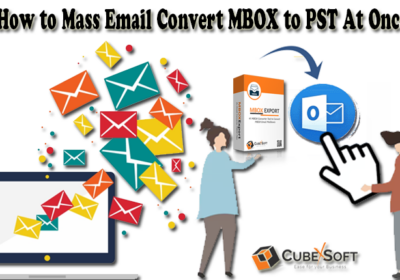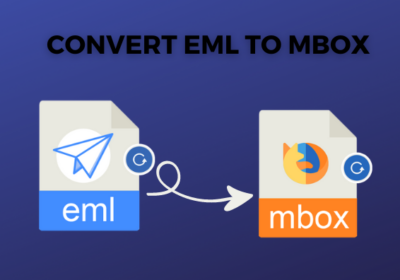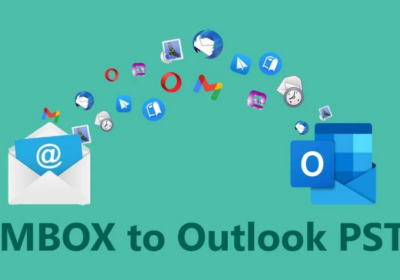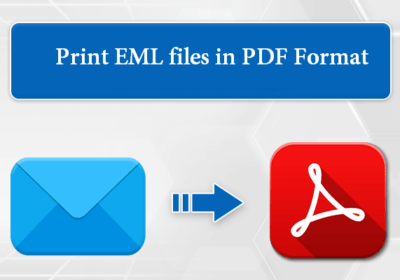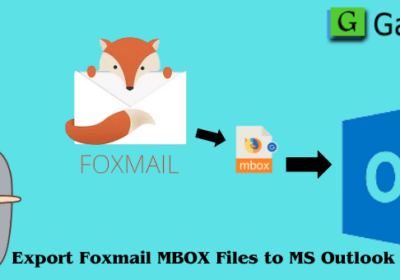
How Your Business Can Benefit from Geospatial Technologies?
Geospatial technology is a powerful tool for businesses of all sizes and industries. With the ability to map out physical locations and overlay data, companies can make informed decisions about their operations, marketing strategies, and customer service. With real-time insights into customer behavior and geographic trends, business owners can gain invaluable insights into their target markets and optimize their growth potential. Here are some ways your business can benefit from geospatial technologies.
1. Optimize Location-Based Decisions
For many businesses, understanding customer behavior requires an accurate analysis of geographic trends. As the future of geospatial intelligence continues to improve, the technology’s potential applications are increasing exponentially. Geospatial technologies enable companies to analyze customer data by location. By mapping out user behavior, businesses can make informed decisions about where to place their products or services or how best to target their next marketing campaign. This allows brands to connect with customers more appropriately, helping them understand their needs and preferences. Additionally, businesses can use geospatial technology to identify new opportunities based on regional demand or the presence of competitors in certain areas.
2. Unlock Real-Time Insights
In addition to offering valuable insights into customer behavior, geospatial data also helps businesses unlock real-time insights into current market conditions. By tracking changes in customer demographics or product availability over time using geospatial data, businesses can anticipate changes in demand and stay ahead of the competition. Brands can also leverage this technology for predictive analytics by using historical datasets such as population density or traffic patterns to inform future strategic decisions.
3. Improve Operations Efficiency
Geospatial technology improves operational efficiency in several ways, including asset tracking and logistics management. By mapping out fleet movements or supply chain processes, it becomes easier for companies to identify bottlenecks that could be improved upon or look for opportunities where they could reduce costs associated with managing assets or transporting goods. Additionally, remote sensing technology has applications that span multiple industries, such as agriculture (monitoring crop health) and automotive (mapping roadways).
4. Enhance Customer Experience
Some companies have utilized geolocation tools combined with augmented reality features to create unique customer experiences, such as virtual tours of local stores or personalized discounts based on individual preferences. This targeted approach has been proven successful in engaging customers while improving customer satisfaction across different platforms, such as mobile apps and websites.
5. Gain a Competitive Advantage
Geospatial technologies open up numerous opportunities for businesses looking to gain a competitive advantage in their respective market by providing unparalleled access to actionable insights that help guide decision-making at every stage of the operation cycle, from marketing campaigns to product launches and beyond. This helps minimize risk while maximizing returns on investments made throughout the process, ensuring a greater ROI over time than traditional methods would allow, thus effectively providing companies with an edge when competing against rivals within similar industries or geographical regions.
6. Data Visualization
Geospatial technology also allows businesses to visualize data about their operations in an easy-to-understand format so that complex information can be quickly absorbed. Through visualizing the data using heat maps and color gradients, businesses can quickly see patterns in customer behavior that might otherwise go unnoticed. This type of analysis helps companies better understand their customers’ needs so that they can focus on delivering solutions more accurately and efficiently.
7. Analytics
Businesses also benefit from advanced analytics capabilities enabled by geospatial technology. Advanced analytics give companies access to deep insights into customer preferences and behaviors, so they can identify trends early on and adjust their marketing strategies accordingly. For example, advanced analytics tools may allow businesses to identify when certain products are selling well at specific times throughout the year or detect areas with high demand but a low supply of goods or services. Such information gives companies a competitive edge by helping them target new markets with greater precision and accuracy than ever before.
Conclusion
Geospatial technologies offer numerous benefits that far outweigh the cost associated with implementation & maintenance fees, enabling organizations to access reliable data sources which provide unprecedented levels of detail regarding consumer behavior & current market conditions alike, allowing them to make smarter decisions concerning product placement & advertising campaigns; unlock real-time insights pertaining dynamic changes occurring within a given environment;& significantly enhance operational efficiency & performance which ultimately results in tangible gains across multiple fronts ranging from reduced costs associated with asset maintenance/transportation through improved consumer engagement & experience ratings, thus creating an ideal platform upon which sustainable long-term growth can be achieved & maintained over prolonged periods.











